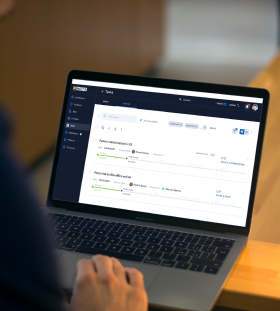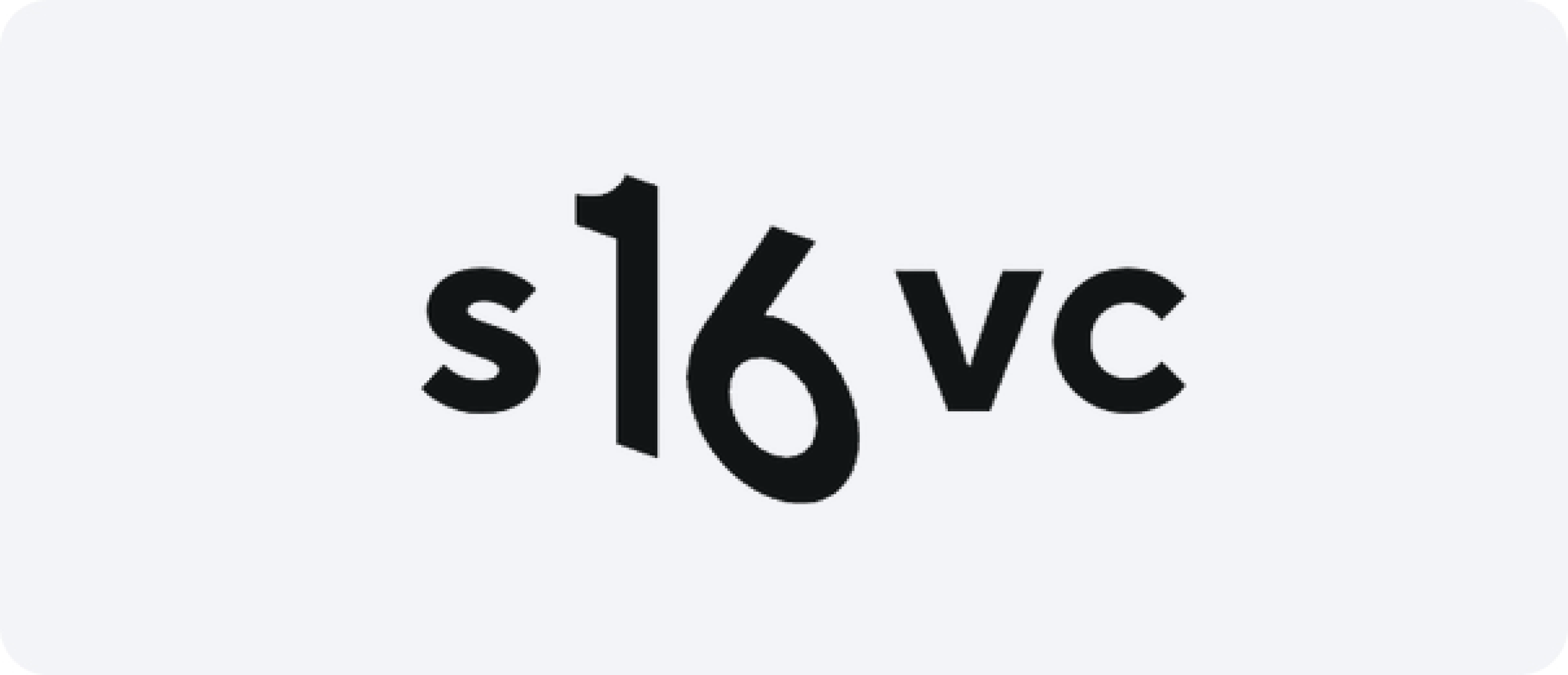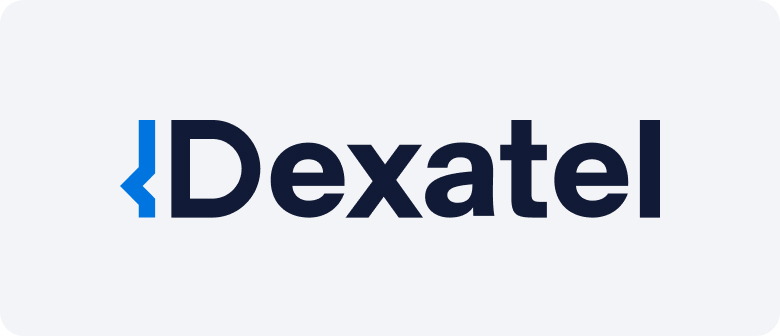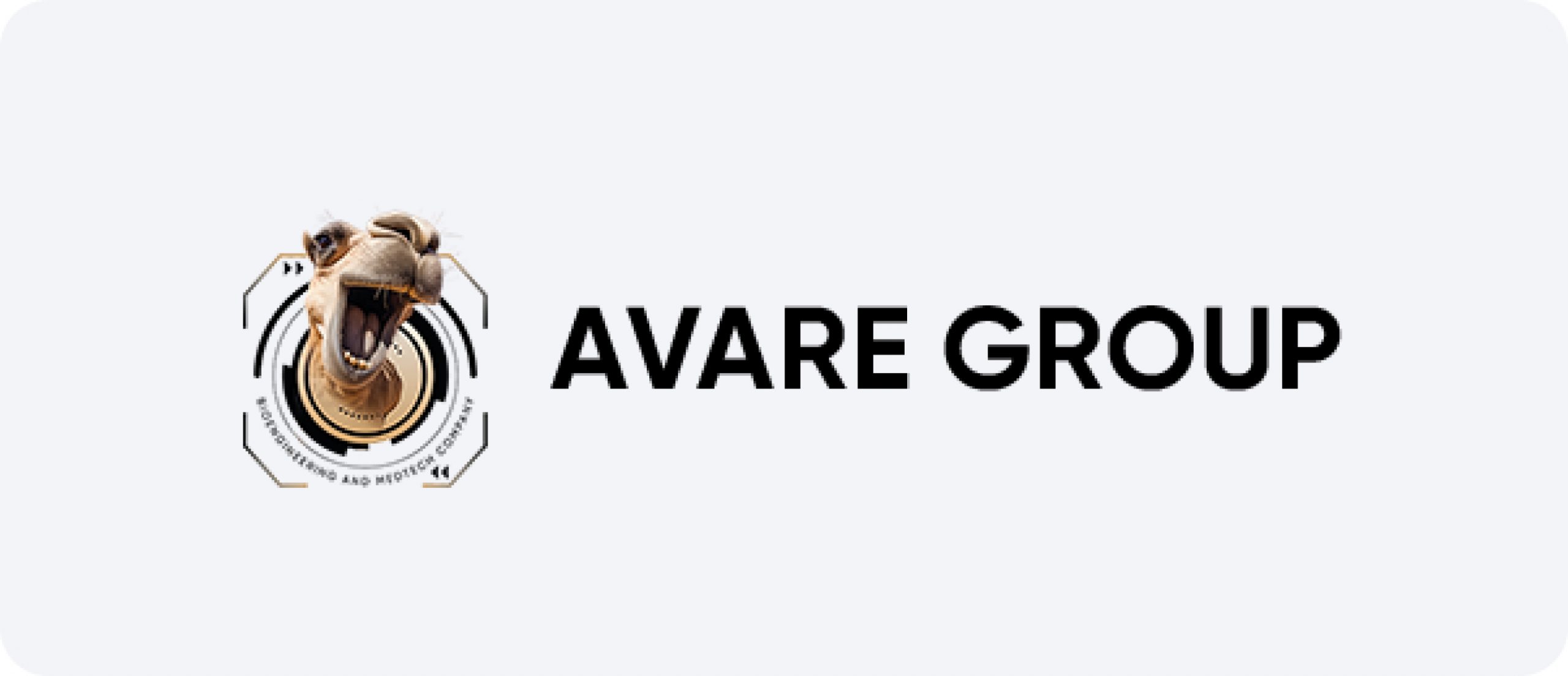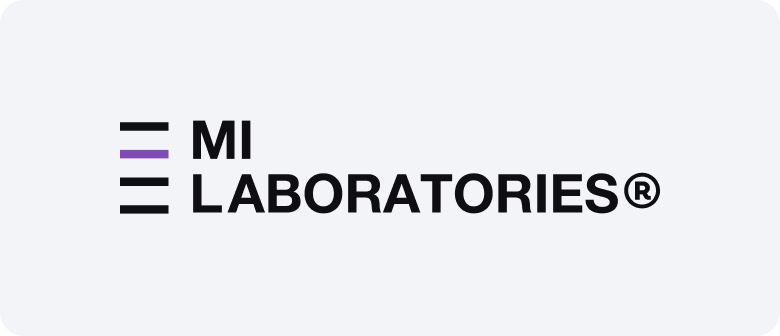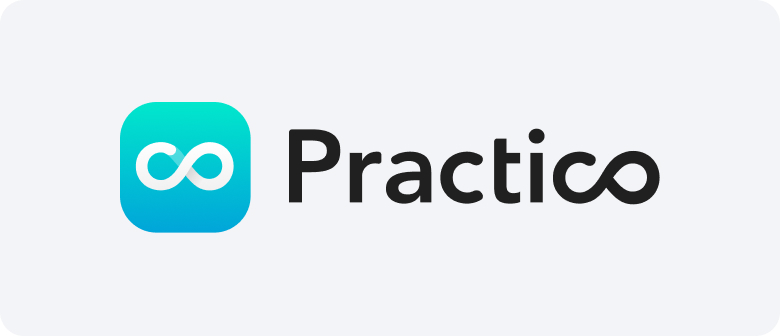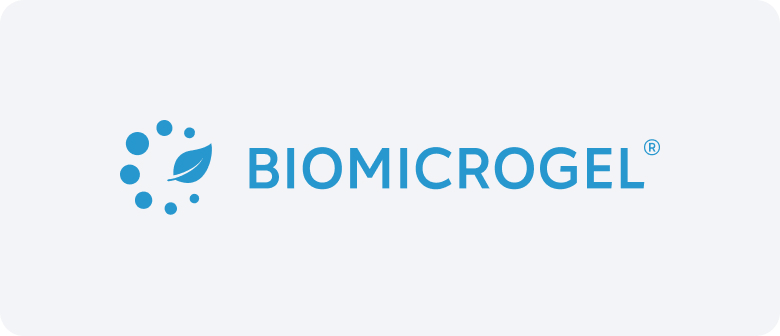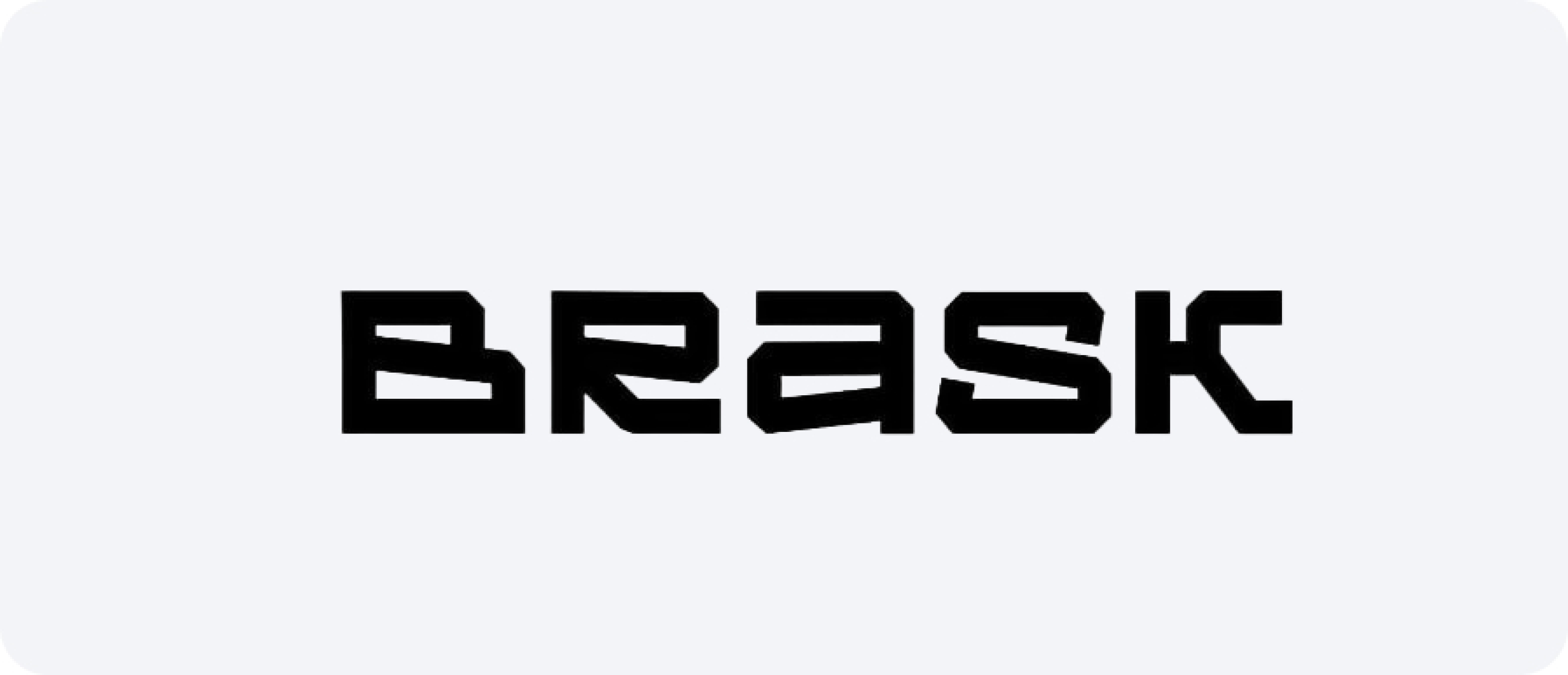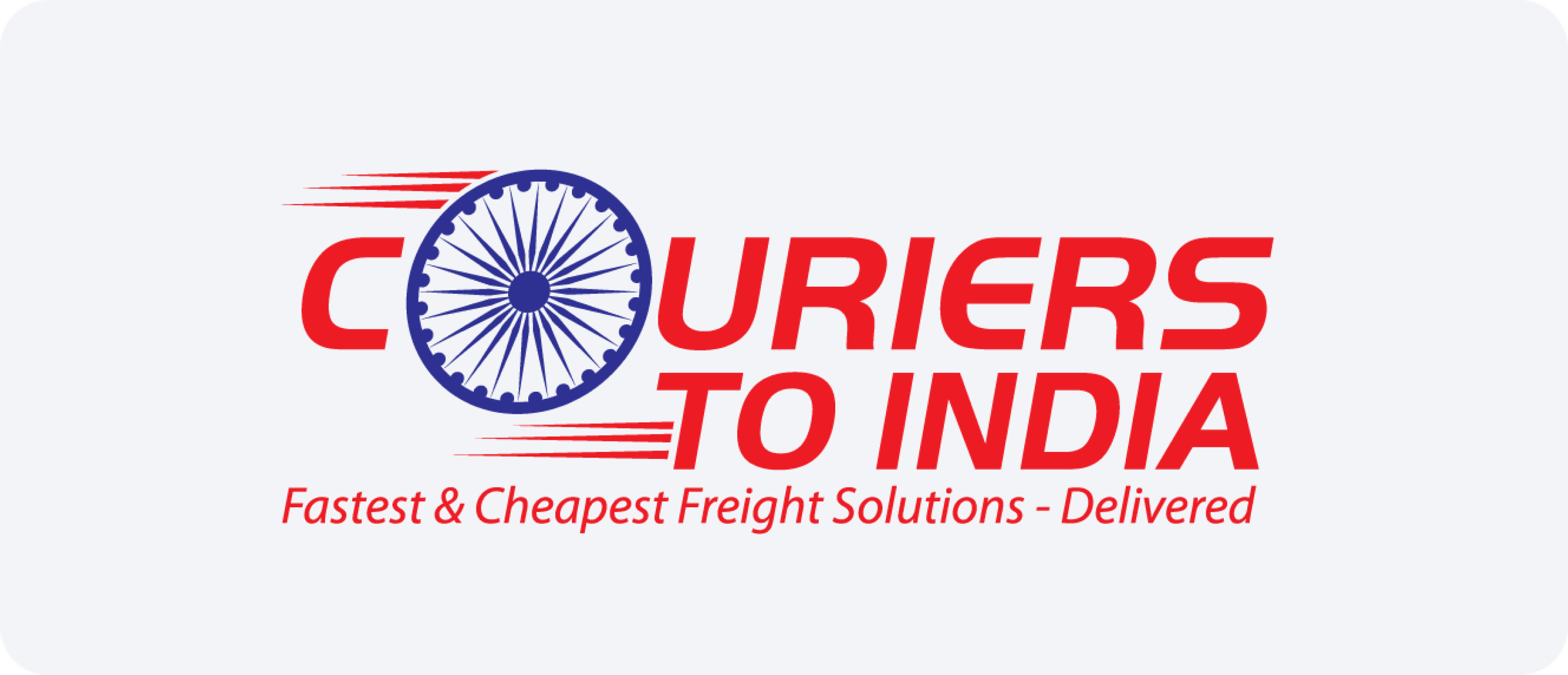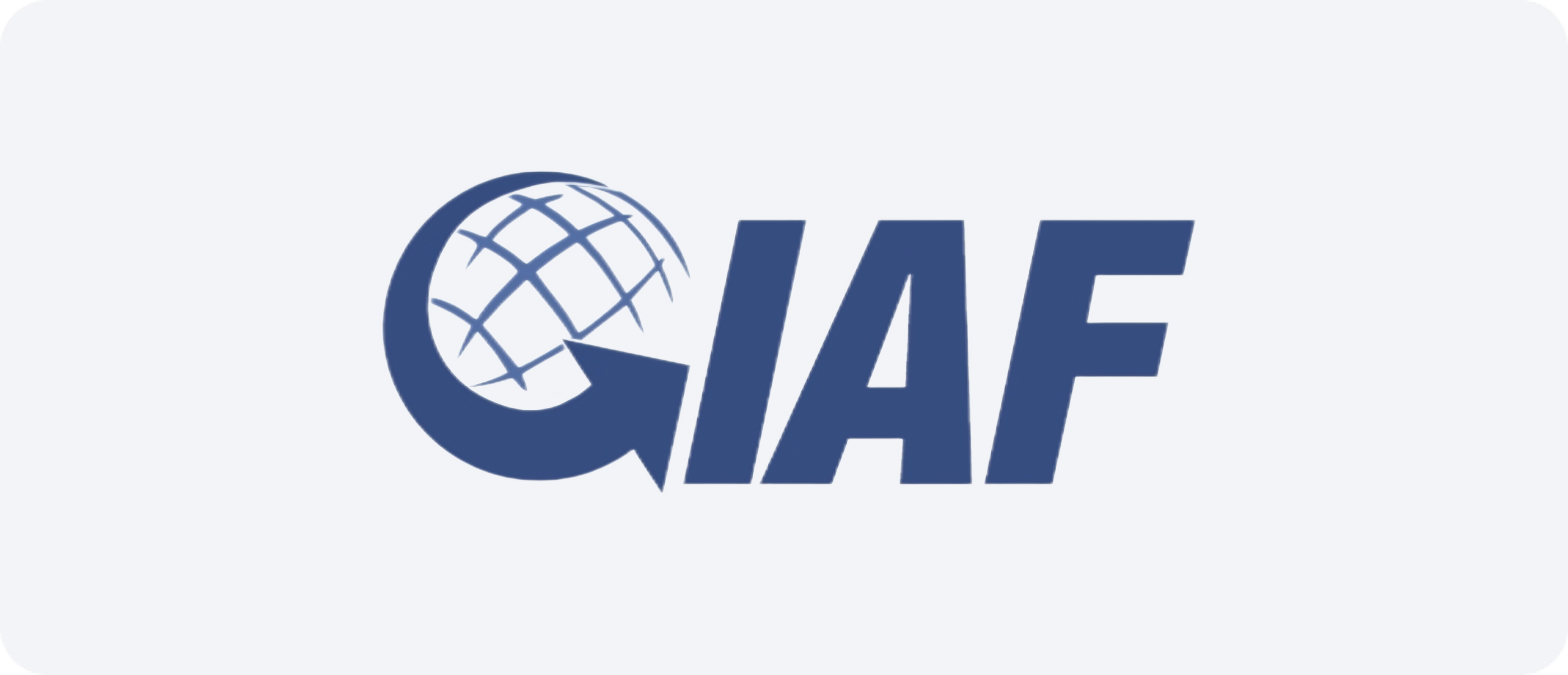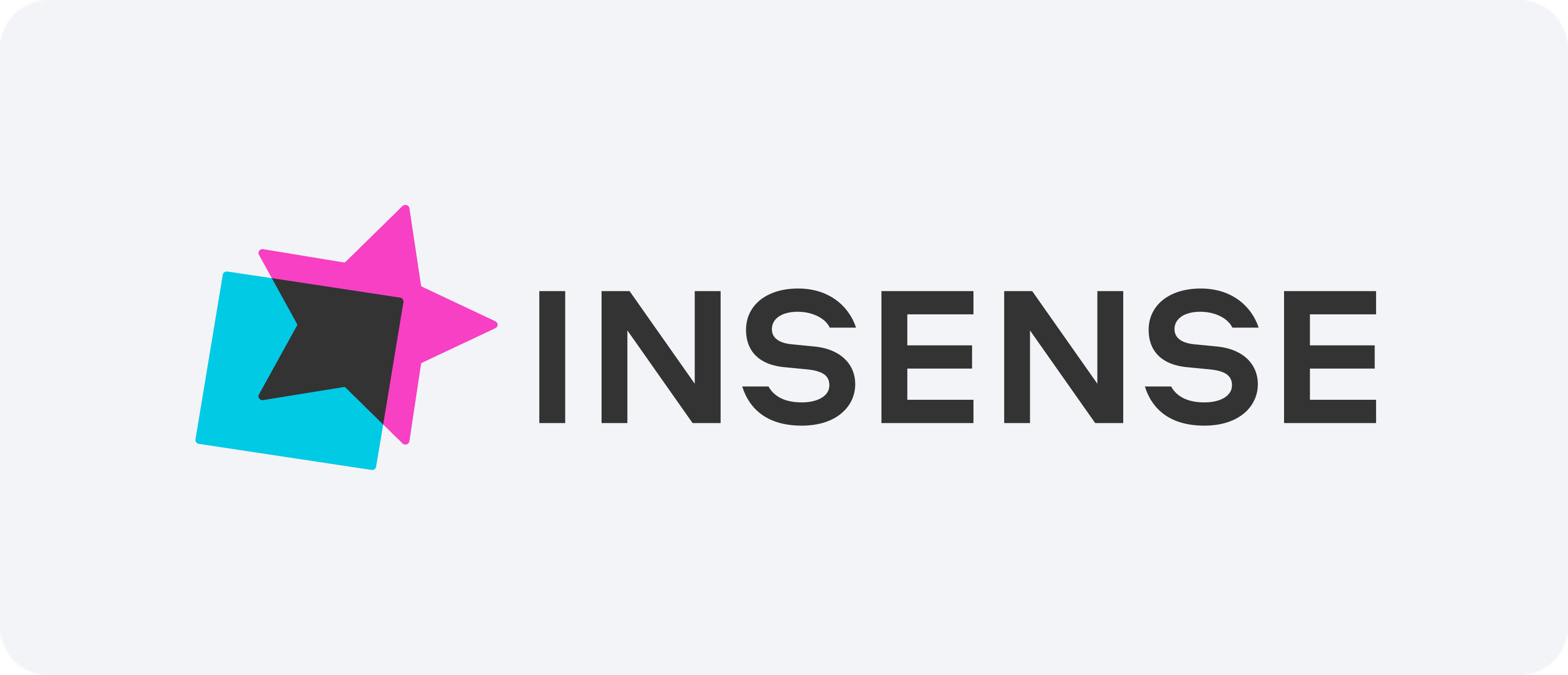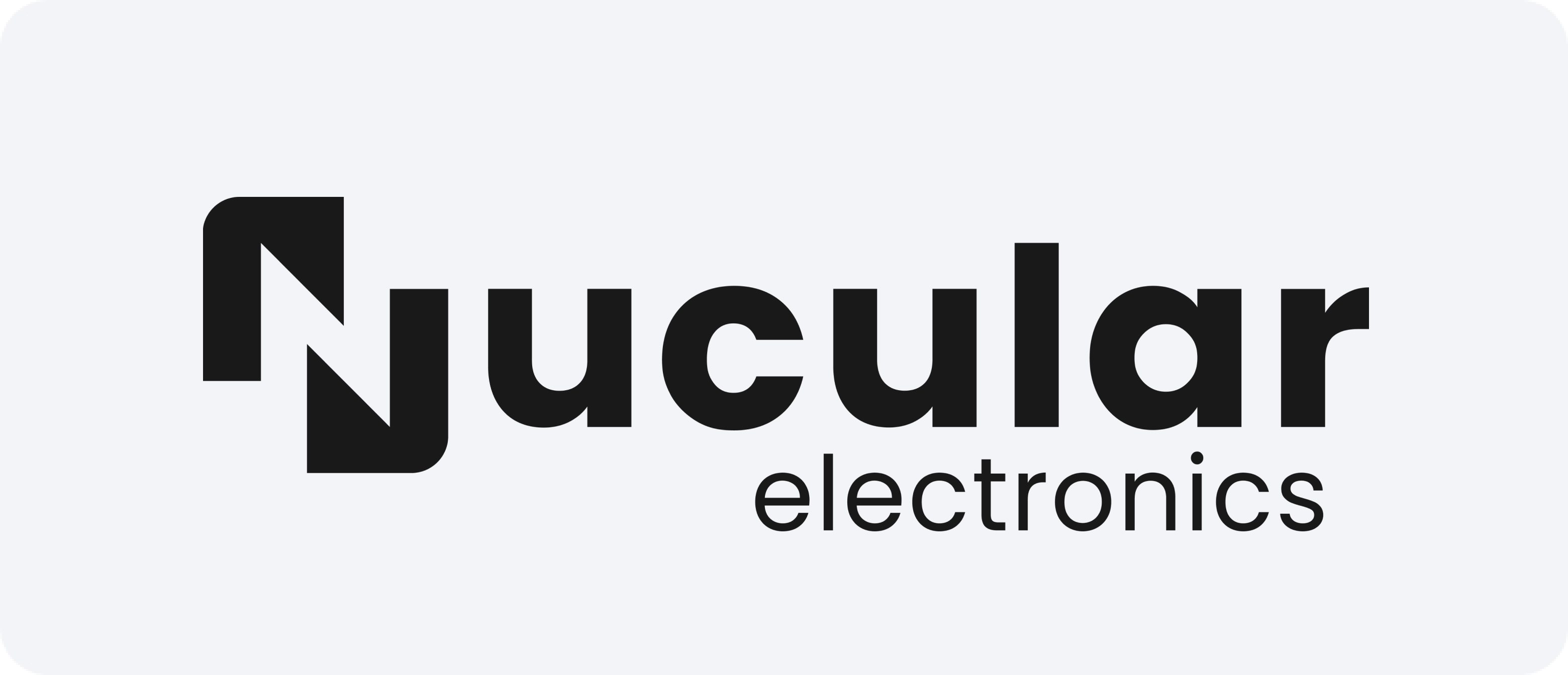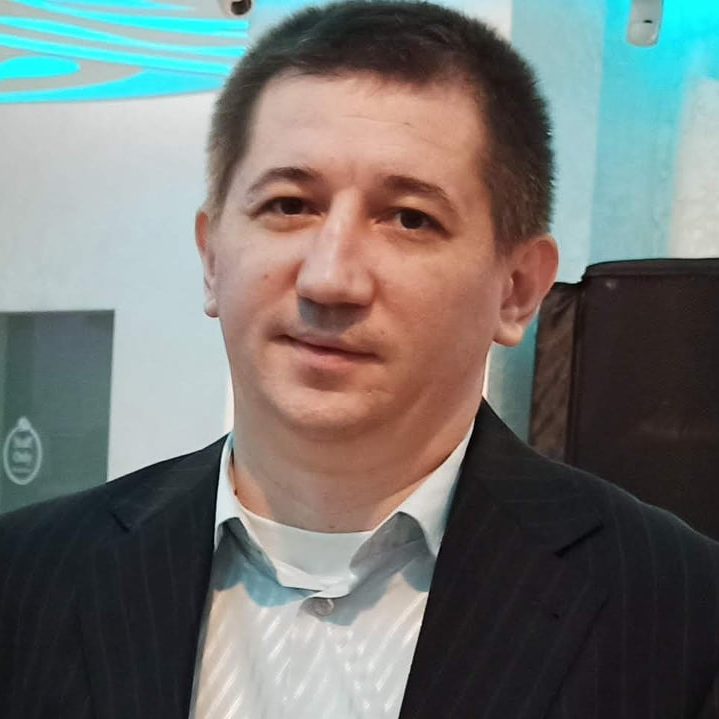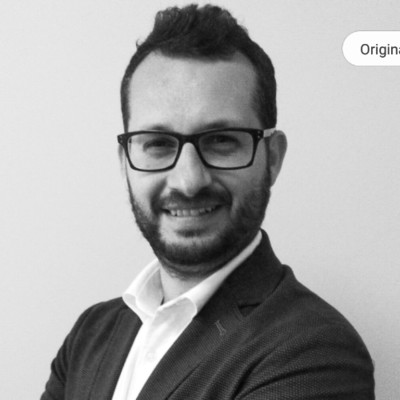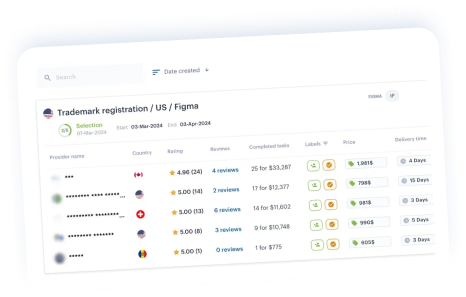国際出願(PCT)の提出
PCT 手続きは、世界的な特許出願を簡素化しますが、「国際特許」を付与したり、特定の国での出願や手数料を免除したりするものではありません。優先日から 12 か月以内に出願する必要があります。



PCT 手続きは、世界的な特許出願を簡素化しますが、「国際特許」を付与したり、特定の国での出願や手数料を免除したりするものではありません。優先日から 12 か月以内に出願する必要があります。







-
数分以内に詳細な割り当てを作成するのに役立つ AI 搭載の IP アシスタント。
-
特定の基準に基づいて最も適切な現地の特許弁護士を選択します。
-
前回の提出内容に基づいて申請書を準備し、提出し、政府手数料を処理します。
-
プロセス全体を通じてプラットフォーム上でオンライン監視とレポートを実行します。

-

150か国以上から800以上の知的財産法律事務所、ランキングとレビュー
-

タスクの作成と関連する弁護士の検索を支援する AI 搭載の IP アシスタント
-

定額料金、安全で迅速なオンライン決済、結果保証
-

すべてのケースの登録プロセスとオンラインデータストレージに24時間365日アクセスできます
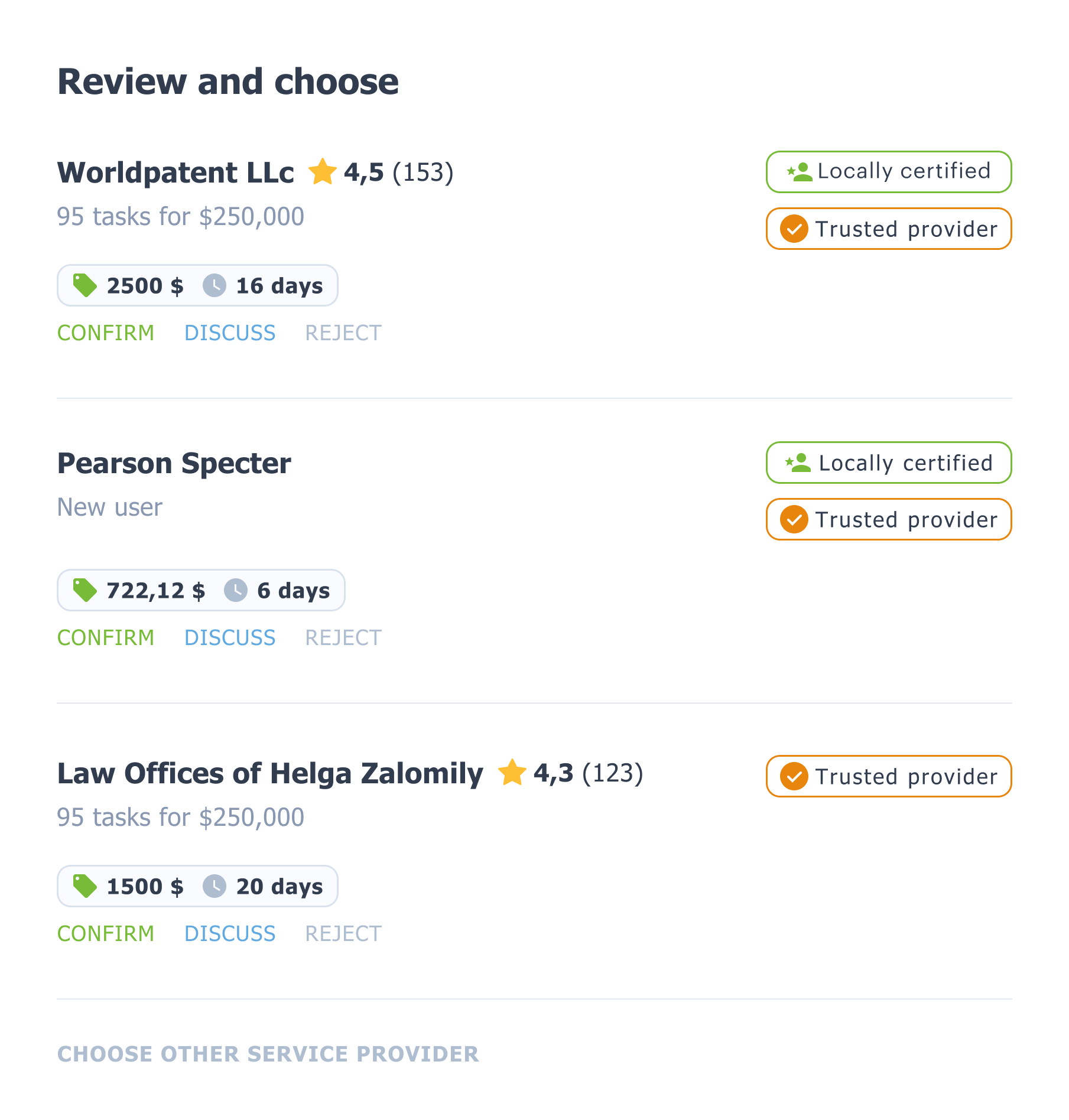
Filing an International Patent Application (PCT) Worldwide
When it comes to protecting intellectual property on a global scale, filing a Patent Cooperation Treaty application is an essential strategy for inventors and businesses aiming to safeguard their innovations across multiple countries. The system simplifies the process by allowing applicants to register a single global submission, which can then be used to pursue protection in up to 153 contracting states. This unified approach significantly reduces the complexity and charges associated with registering patents in individual countries. In this article, we explore how to register a PCT application, its benefits, and what to expect throughout the process.
The Advantages of Filing
Registering a global invention through the system provides numerous benefits that make it easier to protect your intellectual property worldwide. Here are some of the most significant advantages:
- Global Coverage: The system enables applicants to seek protection in over 150 countries through one centralized process. This saves time and resources compared to registering separate applications in each country.
- Extended Timeframe for Decision-Making: It offers a longer period to decide whether to pursue inventions in different countries. After worldwide registration, applicants have up to 30 or 31 months (depending on the country) to enter national phase applications in specific jurisdictions.
- Cost-Efficiency: While the initial registration charge for PCT application might seem higher, the ability to delay significant costs associated with registration of individual national applications makes it more cost-effective in the long run. The global registration allows you to assess the potential for commercial success before committing to expensive national filings.
- Preliminary Examination: It provides the option of a preliminary examination, where a search report is conducted to identify prior art that might affect the novelty of the invention. This can give you insight into the patentability of your idea before committing to further expenses.
The Process: Key Steps
The process of registration involves several important steps, which we will break down below. Understanding these stages ensures that applicants are prepared for what lies ahead.
1. Submission Stage
The first step in the process is to register it with a national or regional office. This can be done either electronically or on paper, depending on the jurisdiction. The submission must include a description of the invention, claims that define the scope of protection, and any relevant drawings. At this stage, you will also need to pay the global expenses.
2. International Search Report (ISR)
Once the invention is filed, the International Searching Authority (ISA) conducts a search to identify relevant prior art that may impact the patentability of the invention. The ISR provides an overview of prior inventions and publications that could influence the likelihood of obtaining an invention in various countries. This report will be crucial in helping you assess the patentability of your invention.
3. Publication Stage
After 18 months from the priority date, the submission is published. This publication is made available to the public, which means that others can learn about your invention. However, the publication does not affect your intellectual property rights—it merely informs the global public of your pending invention.
4. Optional Preliminary Examination
After receiving the ISR, applicants can request a preliminary examination. This examination gives an opinion on the potential patentability of the invention based on the available prior art. While not mandatory, this step can be useful in helping you evaluate the viability of pursuing invention protection before incurring the costs associated with entering the national phase.
5. National Phase Entry
After the global phase, the applicant can enter the national phase by registration with individual national offices. At this stage, applicants must pay the required national fees and follow the respective rules and procedures of each country where protection is sought. The national phase must begin within 30 or 31 months from the priority date, depending on the jurisdiction.
6. Grant of Invention
Finally, after passing through the national phase, individual offices will examine the submission and may grant an invention. This process involves assessing the invention’s compliance with national laws and requirements, and the applicant must address any objections raised during the examination.
Costs and Fees
One of the concerns applicants have is the charge of registration. While the initial stage fee may seem high compared to national filings, it is important to consider the cost savings over the long term. By consolidating your applications into one global registration, you reduce the administrative burden and initial expense of registration in multiple countries.
The main costs include:
- Submission Charge: The global charge varies depending on the receiving office. Additional fees may apply for extra pages or languages.
- Global Search Charge: The charge for conducting a global search depends on the ISA selected.
- Preliminary Examination Charge: If a preliminary examination is requested, there will be an additional charge.
- National Phase Fees: After the global phase, entering the national phase involves paying national fees in each jurisdiction.
The costs are generally more affordable than registering multiple individual applications in various countries, especially when you factor in the benefits of extended decision-making time and the ability to assess the market potential of the invention.
Conclusion
Registering a PCT application is a strategic way to protect your invention globally while managing costs and administrative effort. The process simplifies global filings by allowing you to file a single submission for up to 153 countries. Whether you're an inventor or a business seeking global protection, the system provides a powerful tool for expanding your intellectual property footprint internationally. By understanding the steps involved, the benefits, and the costs, you can make informed decisions that will safeguard your innovation for years to come.
